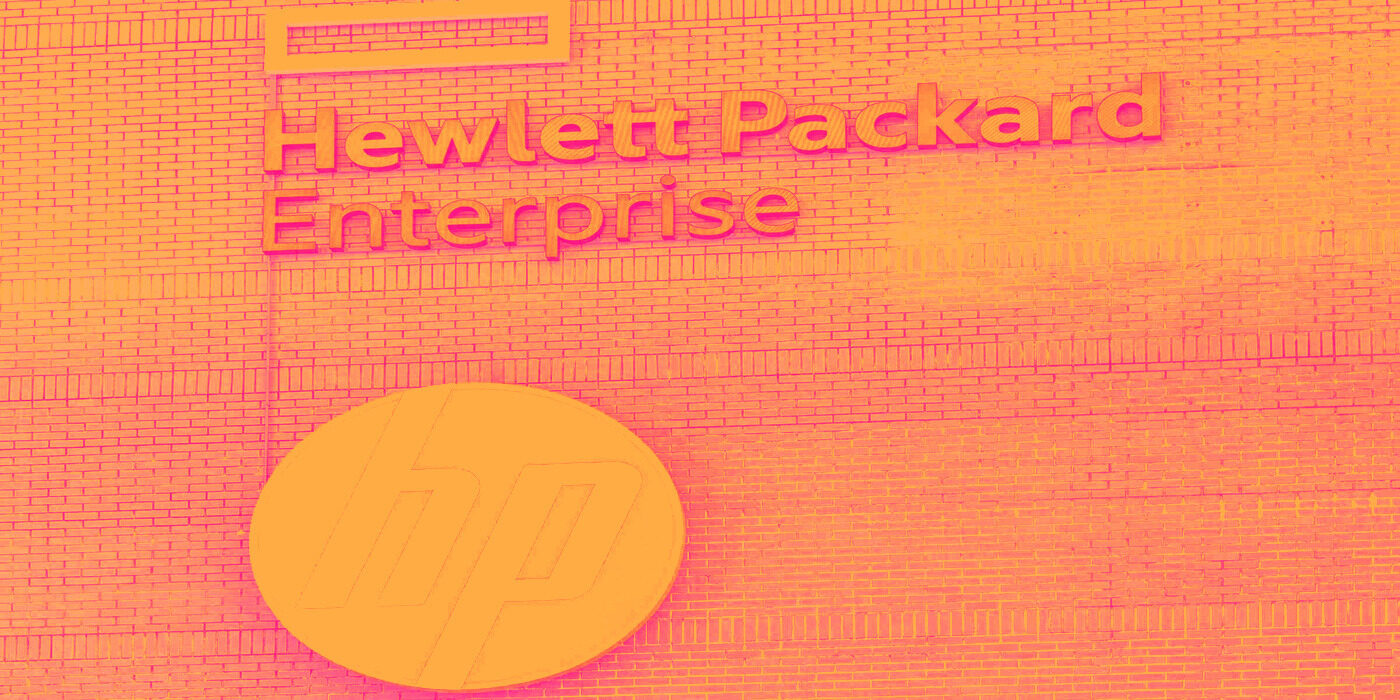
What Happened?
Shares of enterprise technology company Hewlett Packard Enterprise (NYSE:HPE) fell 10.9% in the afternoon session after the company issued a financial forecast for its 2026 fiscal year that was significantly below what analysts had expected.
At its Securities Analyst Meeting, Hewlett Packard Enterprise projected revenue growth between 5% and 10% for fiscal 2026, which was much lower than the 17% growth analysts had anticipated. The company also guided for adjusted earnings per share in the range of $2.20 to $2.40, falling short of the consensus estimate of about $2.42 per share. This outlook was described by some analysts as "underwhelming." The guidance sent mixed signals to the market, as investor reactions reflected disappointment over the conservative projections for the near term, even while the company aimed to grow its market share in servers, storage, and networking.
The stock market overreacts to news, and big price drops can present good opportunities to buy high-quality stocks. Is now the time to buy Hewlett Packard Enterprise? Access our full analysis report here.
What Is The Market Telling Us
Hewlett Packard Enterprise’s shares are quite volatile and have had 18 moves greater than 5% over the last year. But moves this big are rare even for Hewlett Packard Enterprise and indicate this news significantly impacted the market’s perception of the business.
The previous big move we wrote about was 6 days ago when the stock dropped 4.9% on the news that worries over worsening trade relations with China were triggered by critical comments from President Donald Trump.
Trump targeted China's tightening controls on rare earth metals, which are vital components in many technology products from electric vehicles to defense systems. The president's tone and the suggestion of canceling a meeting with President Xi caused a rapid sell-off in the market. Earlier in the week, China announced new export controls on the critical minerals. Beijing's Commerce Ministry stated that foreign suppliers now need government approval to export products containing certain rare-earth materials. These materials are essential for producing high-tech goods, including computer chips, electric vehicles, and defense technology.
Analysts viewed the move as a strategic assertion of China's dominance in the global rare earth supply chain, particularly amid ongoing trade tensions and ahead of an anticipated meeting between the US and Chinese presidents. Consequently, technology stocks with significant exposure to Chinese supply chains, such as Nvidia and AMD, experienced sharp declines. This downturn was exacerbated by the bearish sentiment surrounding a prolonged U.S. government shutdown, adding to overall market uncertainty.
Hewlett Packard Enterprise is up 6.2% since the beginning of the year, but at $22.80 per share, it is still trading 13.2% below its 52-week high of $26.25 from October 2025. Investors who bought $1,000 worth of Hewlett Packard Enterprise’s shares 5 years ago would now be looking at an investment worth $2,405.
Unless you’ve been living under a rock, it should be obvious by now that generative AI is going to have a huge impact on how large corporations do business. While Nvidia and AMD are trading close to all-time highs, we prefer a lesser-known (but still profitable) semiconductor stock benefiting from the rise of AI. Click here to access our free report on our favorite semiconductor growth story.
